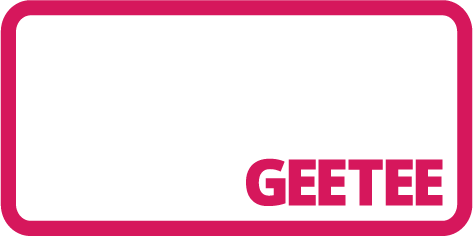Lighting is an important part of your business signage. It provides a range of benefits, including visibility, that ensures you really get the biggest impact you can from each of your signs.
But just as choosing the right type of sign is vital for your business and location, you also need to consider what the right type of lighting is. There are multiple types of sign lighting – as we discuss in this blog – and each of them creates a different look and feel.
To ensure your signage completely reflects your brand and business, you should consider the type of lighting you choose to illuminate it.
Location of your signs
The first thing you need to consider when choosing the lighting for your sign is where the sign is located. This means the actual positioning within your business premises, as well as where the premises are located.
- Is the sign in a poorly-lit area?
- When does the sign need to be visible (e.g. just when the business is open or around the clock)
- Where is your business located? (e.g. on a business park, high street, shopping centre)
- What other signage or lighting is nearby
Not only do you want to choose a lighting option that will ensure your sign is visible, but you need to ensure the lighting you choose works for your location and business type. For example, you wouldn’t want to install large neon-style lighting outside of an office in a business park.
Your lighting choice needs to add to the look and feel of your business, without negatively impacting other businesses in the area, while also ensuring it can be seen and easily recognised.
Internally illuminated or externally illuminated signs?
You’ll also need to consider whether an internally illuminated or externally illuminated sign is best.
This may be decided for you if you’re selecting illumination for an existing sign – as it may only be suitable for one option. For example, if you have an existing fascia sign that is painted, you’ll need to utilise external illumination to ensure it’s visible.
On the other hand, if you’re opting for a whole new sign, you have more options as you can choose a sign type that suits your chosen type of lighting. So what is the difference between externally and internally lit?
Internally illuminated signs
Internally illuminated signs, such as block acrylic letters and neon signs, have lights inside them, as the name suggests. Signs can have individual letters lit up internally or the full sign can be lit from within, such as fire exit signs.
This type of sign tends to be easier to see from a greater distance. This is ideal in crowded locations or if the size of the sign you can have is limited by regulations or planning permissions.
Externally illuminated signs
Externally illuminated signs have the lights outside of the sign itself but are directed onto it to increase visibility. The lights can be around the sign, shining from the front or positioned behind it to create a backlit effect.
Choosing warm or cold lighting
You also need to consider the type of light you choose, as warm and cold lighting can create very different effects. Choosing the right warmth for your lighting can impact how people feel but also how they perceive your brand.
Typically, cool lights are perceived as being brighter, which can make signage stand out more and seem clearer. This type of lighting also makes it easier for people to pick out details. It helps people to stay alert and concentrate, which means it suits likely brands.
While warmer lights can look less bright, they can seem more inviting. Warm lights create a calmer and more relaxing atmosphere, which can be ideal if you want to create a cosy, romantic or creative atmosphere.
There are also degrees of coolness and warmness when it comes to lighting, so finding the right balance to ensure your signs are seen and that you create the right feeling is important. This is where choosing the right kelvin colour comes in.
The colour temperature of lights is represented by Kelvins (K), with warmer colours being lower in the scale and cooler colours being higher. For example, 1,900K is warm candlelight while 4,800K is direct sunlight.
Typically, colour temperatures above 3,500K are used for commercial applications, but this will depend on the type of business and the effect you want to create.
Get an expert opinion
With so many factors going into choosing the right lighting for your business signs, we know that it can be easy to get a bit lost. This is why our team is available to answer any questions you may have about colour temperatures, types of lighting or even the best sign option.
We can design and produce the perfect sign for your business and ensure that it is well-lit to make the biggest impact possible.
Call us today on 0115 976 1188 or send us an email at sales@geeteesigns.com to discuss your needs.

